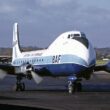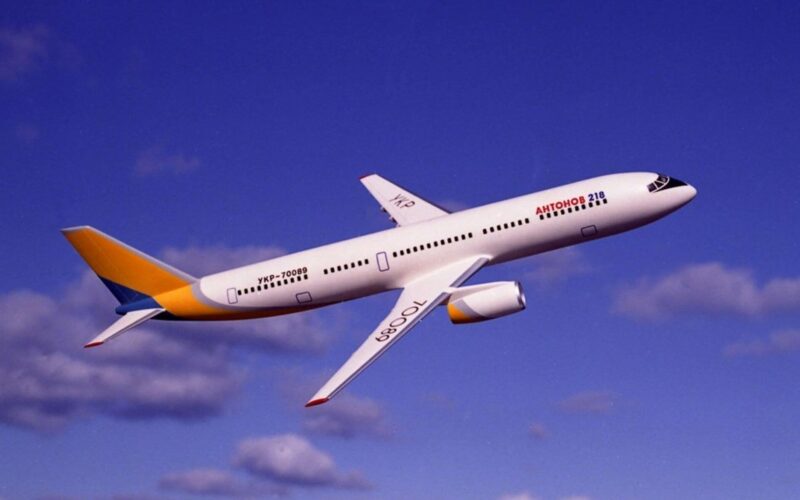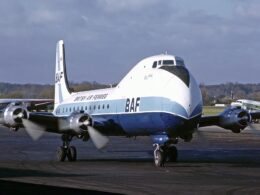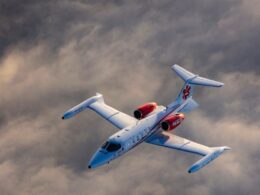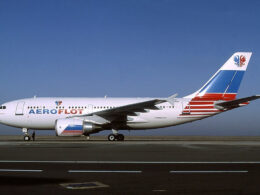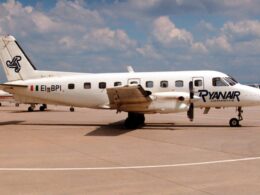There is a reason why wide-body airliners have an aura of prestige around them. Many of them offer comfort and luxury rivaled only by business jets or fly to the world’s most prestigious destinations. They are some of the largest and farthest-flying aircraft ever, constituting tremendous engineering achievements, built only by a handful of elite manufacturers.
Engineers within the Soviet Union tried to develop larger and larger jet airliners even before the emergence of the first wide-body aircraft, the Boeing 747. But its grand entrance in the late 60s offered a clear template to follow. Thus, the Soviet answer – the Ilyushin Il-86 – appeared.
Its development was long and difficult, to the point that Aeroflot even briefly considered acquiring a fleet of Boeing 747s. The new aircraft was lacking range as well, therefore its long-range brethren – the Il-96 – was being developed almost simultaneously.
The Il-86 entered service in the early 80s, the Il-96 – in the early 90s. To this day they remain the only wide-body airliners built in Soviet and post-Soviet space, the latter one still remaining in production and awaiting an upgrade.
But they are not the only ones that were designed. Although in the 60s and the 70s no other design bureau had willingness to compete with Ilyushin, the situation changed in the 80s. Two new trends appeared, expanding the wide-body concept in both capabilities and diversity.
One of them was the seeming dawn of an era of superjumbos – giant airplanes with the passenger capacity between 500 and 1000 seats, or sometimes more. The only result of that trend was the Airbus A380, but there were lots of other projects, many of them – of Soviet origin.
Another trend was that of wide-body twinjets, ushered in by the success of the Airbus A300. Although it had started earlier, by the mid-80s the impending emergence of the Boeing 777 prompted many to look for large, modern and efficient long-range aircraft powered by just two engines.
Tupolev, Antonov and later even Sukhoi’s attempts to enter the market were direct results of these two trends and Ilyushin tried to follow them as well. They all planned to make entire families of new large airplanes. Those planes were designed, developed, marketed to both domestic and foreign airlines; in some cases, plants even started building them.
As the Soviet Union crumbled in the early 90s, the new, capitalist system emerged from the ruins of the previous one. Design bureaus were reformed into companies, but the work did not stop. For many formerly-Soviet manufacturers, the new era brought new possibilities in the form of open foreign markets and international partners. But new hardships were there too: foreigners were wary of new, unproven post-Soviet technology; some considered it as sub-par and sometimes it was so, due to lack of resources, outdated manufacturing techniques, or equipment. Back at home, the economy disintegrated, the state could not and did not support large workforce, and domestic airlines were interested only in exotic Western jets.
That was the context in which many of these new jets appeared, almost destined to never see the light of day.
An-180: the mini-wide-body
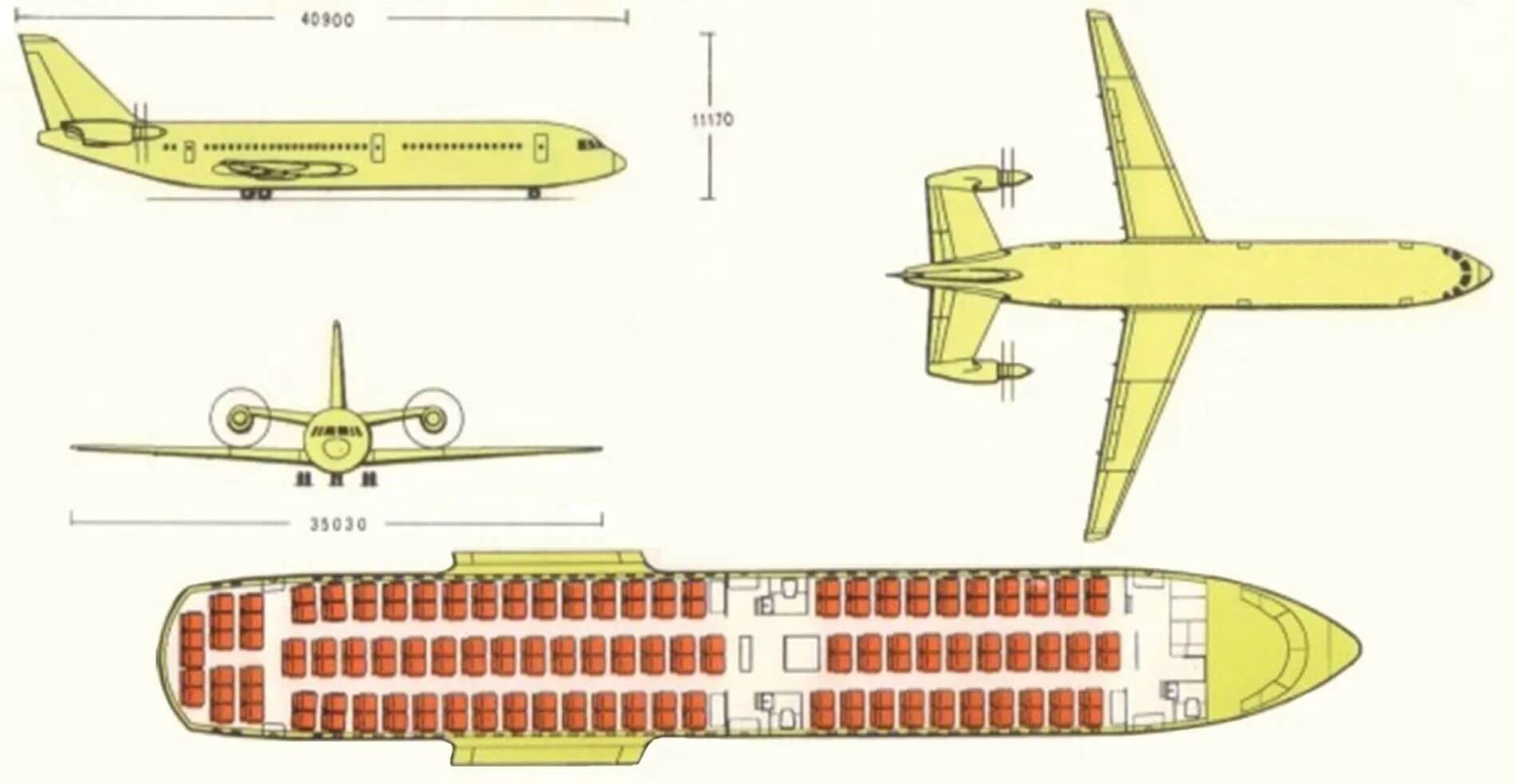
(Image: Antonov)
It entered the design phase in 1991 at the newly reformed Antonov bureau, which soon found itself in the new Ukrainian republic. Previously, Antonov was mostly focused on transport aircraft and their new project was inspired by one.
It had to be medium-range turboprop airliner seating between 163 and 172 people. Rather mysteriously, a seating scheme of six-abreast with two aisles (2+2+2) was selected. The reason behind that may have been an idea to use an almost unmodified fuselage of the An-70 transport plane, high-wing and all. With time, the idea changed: the position of the wing was lowered, engines were relocated to the back, yet the seating scheme remained.
The An-180 was supposed to have a range of up to 4,500 kilometers and a speed of 800 km/h. According to the manufacturer, it would have used twice less fuel than the Tu-204, the main Russian medium-range airliner, making it incredibly cheap to fly. It is unclear if the promise of unrivalled economy could be kept though.
Nevertheless, while not really a jet, the plane was still quite unique in the world of aviation. It was supposed to enter the market in 1997, but the development was frozen due to the lack of funding, and technically, remains as such to this day.
An-218: the Ukrainian Boeing 777
.jpg)
(Image: Antonov / Frequentflyers.ru)
The plane entered development together with the An-180, and carried its influences on its sleeve. At first, the An-218-100, the mid-range version, was planned for ranges up to 7,000 kilometers, utilizing D-18T engines, freshly developed for the An-124 and the An-225 Mriya.
Later, with the development of vastly upgraded D-18TR, the long-range An-218-200 was supposed to appear, capable of flying up to 10,000 kilometers. It would have mutated into a shortened version designated 300 (range up to 11,200 kilometers) and a stretched one, designated 400 (capacity up to 400 passengers).
Looking at the promotional material, presented at various European airshows, it could be difficult to believe that the plane was never built. It was heavily advertised both in the post-Soviet space and beyond it; a full-scale mockup of the fuselage was constructed for photo ops with various models and politicians.
Yet, in 1993, as the production was about to begin, the project was frozen. According to some, the mockup was standing in one of Antonov’s hangars up until 2007, before being dismantled.
Tu-304: The Russian Boeing 777
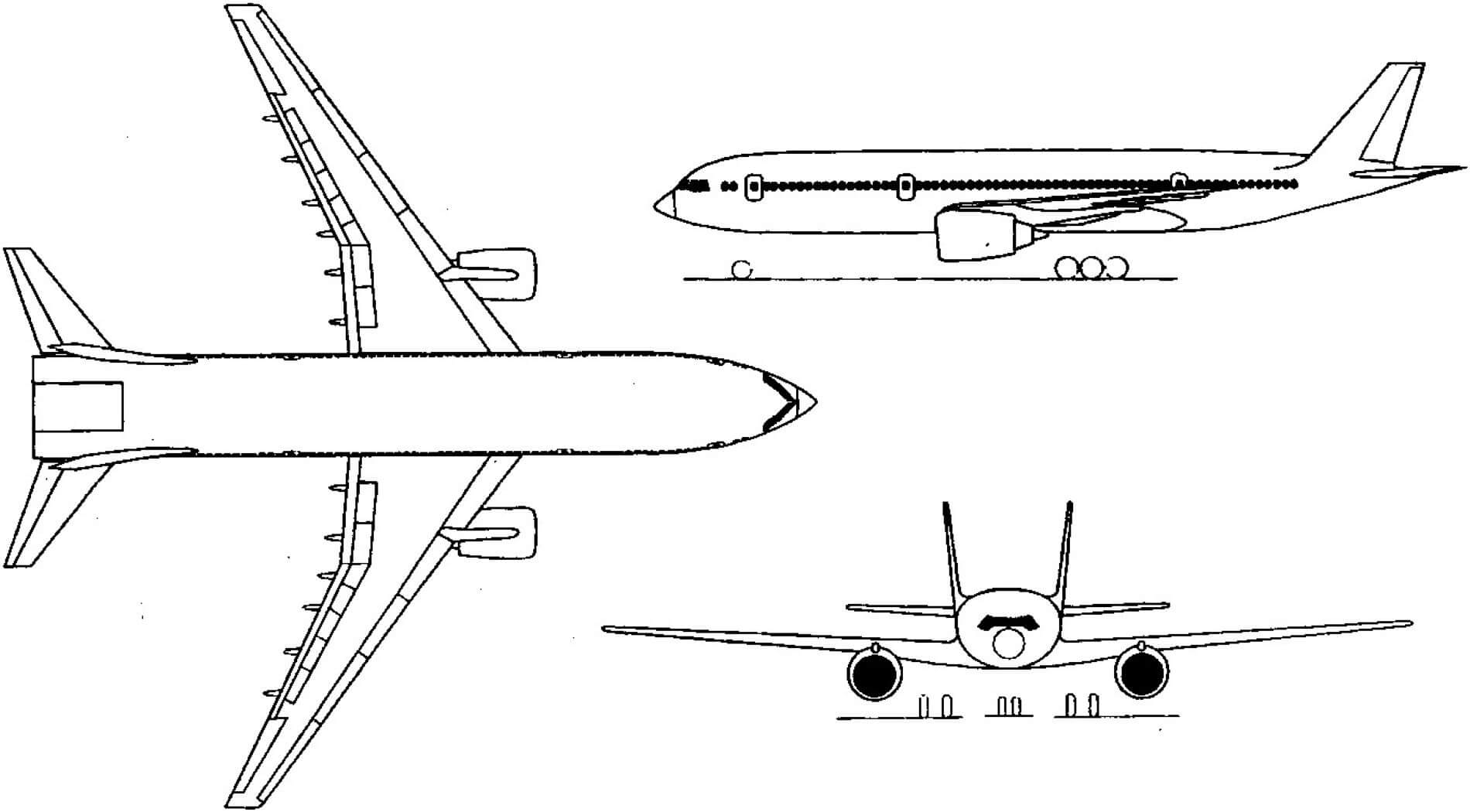
Tupolev design bureau started working on a line of new, efficient and modern airliners in the late 80s. The first of them, the Tu-204, was a take on the tried-and-true Boeing 737 formula. Designed to replace the Soviet mid-range workhorse, the Tu-157, the Tu-204 started flying in 1989 and was moderately successful.
As the work on it was being finished, Tupolev began planning their next step – the new long-range twinjet. Its chief designer, Valentin Klimow, was in charge. He decided to implement a number of rather innovative ideas, opting for an oval fuselage cross section instead of a round one.
As such, the aircraft would be able to carry over 500 passengers, while being considerably smaller than the Boeing 777-9 of similar capacity. A range up to 10,000 kilometers was planned, using the newest engine in development – Kuznetsov NK-44, the Russian rival of Rolls-Royce Trent.
If built, the airliner would have looked somewhat like a giant fighter jet, with its twin tails and squashed fuselage. Unfortunately, NK-44 never came, and the project got frozen. It hung in limbo for over a decade.
Frigate Ecojet: the new dream
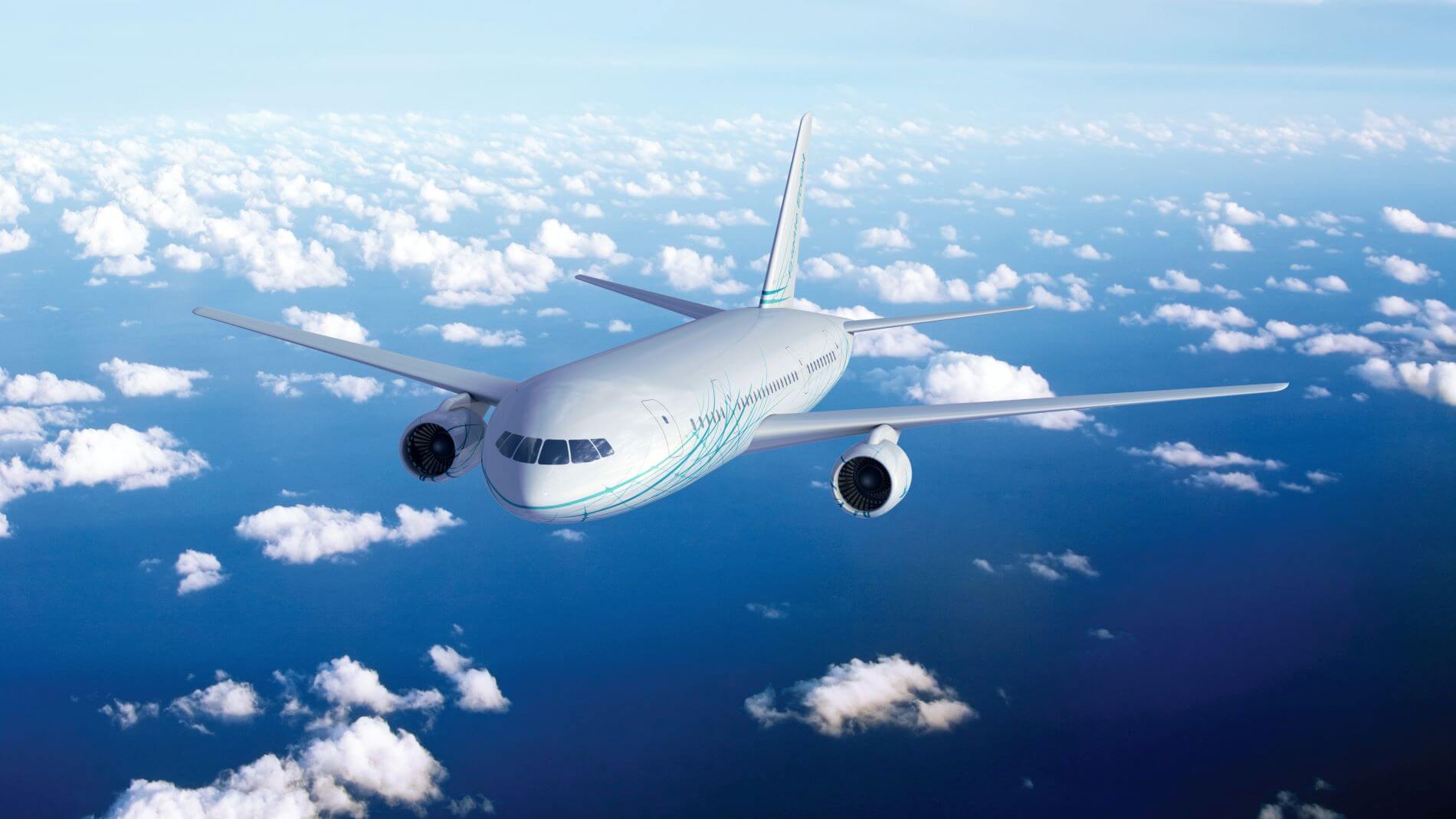
(Image: Фрегат Экоджет)
In the late 2000s, the newly created United Aircraft Corporation (a conglomerate of previous smaller aviation companies) started looking into a possibility to develop wide-body aircraft. The Tu-304 was dusted off and pitched in 2009.
By mid-2010, it was reimagined and rebranded. Keeping the oval fuselage cross section, the aircraft was shortened. The ambition was scaled back as well, opting for a mid-range airliner with a capacity between 302 and 399 seats. According to the company, such an airliner would be perfect for low-cost airlines.
It was supposed to be carried by PS-90A20, a monstrously upgraded PS-90 (now used on most Ilyushin and Tupolev airliners and freighters). Rolls-Royce and Pratt & Whitney engines were considered to be an option.
The program started stalling in 2016, and had to be rethought. According to Valentin Klimov’s son Aleksander, who was running the company responsible for the plane, “there were no available engines on the international market” – whatever that meant. The twinjet turned into a quadjet with four PD-14s and was now called the Freejet.
In the late 2020 Klimov announced that the project is on hold. Considering the situation in the industry – Covid-19 crisis and all – there does not seem to be much hope for it at all.
Antonov An-318: the Soviet TriStar
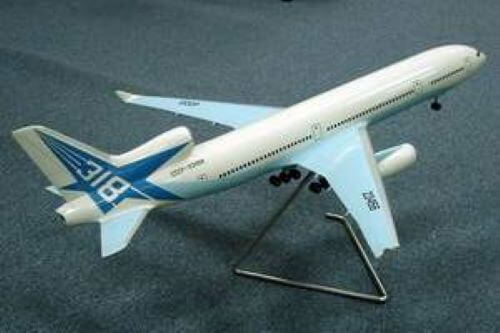
(Image: Mr.Sirus Iton / Wikipedia)
This list of twinjets was started with non-twinjet by Antonov; it only fits to end it with another one.
The An-318 entered the development alongside the Tu-96, being a rather clear answer to wide-body trijets by McDonnel Douglas (the DC-10) and Lockheed (the L-1011 TriStar). There is nothing particularly unique about it, except for maybe a conspiracy theory that its development started after the talks between Lockheed and Moscow to start manufacturing L-1011s in the Soviet Union fell through. The Soviet party ordered to copy the TriStar and Antonov came up with the An-318.
It never went beyond the initial concept though, as Ilyushin was unwilling to surrender wide-body monopoly and Antonov had to wait till the early 90s for another round.

